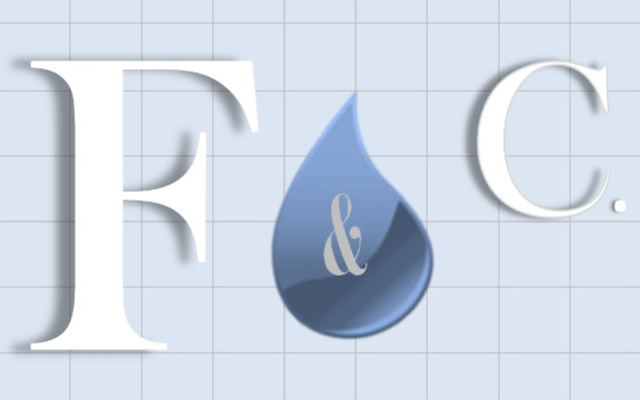Validation
Flowmaster
Flowmaster is verified through a range of testing techniques and compared against handcalculations.
Any Flowmaster components and systems which are compared against measurements or predictions and demonstrate close agreement are classed as validated. A large proportion of Flowmaster components are based on the experimentally derived D.S.Miller correlations. Validation of Flowmaster networks is carried out in a number of different ways.
A long time ago, Flowmaster Group defined a transient validation manual, based on litteracy and experimental results.
The validation papers included in this document are based on primary sources such as commissioned physical tests and secondary sources such as published journals and texts of physical data and numerical simulation. Flowmaster data was included for each example to enable the user to recreate the network and observe similar results. Examples in this document range from “water hammer” cases to simple pipe network flow problems. The accuracy of the predictions made from the validation cases can be extrapolated to similar real life scenarios where Flowmaster software is applied
Flownex
Flownex is developed in an ISO 9001:2008 and NQA1 quality assurance system environment. Flownex is the only software of its kind to hold a nuclear accreditation, a testament to the quality, reliability and accuracy of our simulation software.
Flownex was extensively validated and verified (V&V) in the nuclear industry and more specifically for the Pebble Bed Modular Reactor (PBMR). In 2007 the National Nuclear Regulator (NNR) in South Africa reviewed the Flownex Software Verification & Validation (V&V) status and found it to be acceptable to be used to support the design and safety case for the PBMR. The components that are used in High Temperature Gas Reactors have been subjected to the formal Nuclear V&V process. Other components are tested internally using a similar V&V process.
Flownex Simulation Environment software was awarded the status of being ASME NQA-1 and 10 CFR 50 Appendix B compliant following an audit in May 2016. This was accomplished on account of meeting the stringent quality requirements for nuclear safety-related design. The full software lifecycle therefore complies to being developed within a rigorous quality system that includes comprehensive verification and validation of all software components, traceability of all changes and continuous improvement from user feedback.
Hydrosystem
Validation of Hydrosystem is based on most accurate and widely approved calculation algorithms and methods implemented in the proglam, and on permanent feadback from hundreds of users who applied the program for their real problems in different industrial segments for decades.
The program uses the most advanced models/algorithms and libraries for all level of simulation from most repectable researchers/developers from all over the world.
This includes wide spectrum of thermodynamic libraries based on best in class EOS and correlations (IAPWS correlations for water and steam, GERG-2008 for natural gas, classical cubic EOS, UNIFAC etc); minor losses correlations by Idelchik, Miller, and Ito; multiphase flow models by Chisholm, Friedel, Taitel, Barnea, and most advanced Unified Model by Tulsa University Fluid Flow Project research group; Todini Global Gradient Algorithm for network solver; Classical MOC for surge analysis expressed via Riemann invariants; Powell derivative-free method for optimization; and many others.
Most of these models were derived from and cross-checked vs wide experimental data.
Each situation is different
The needs of your company are not necessarily the same as another society, they may also have changed with years.
Do not hesitate to contact Fluids & Co to have a personalized study of your project.
